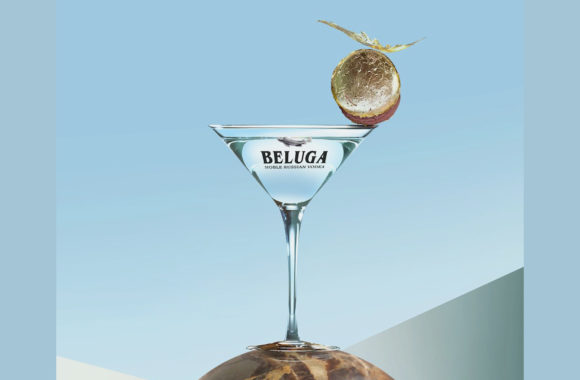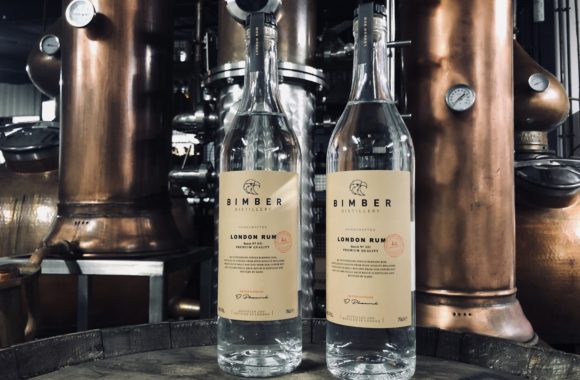
Apocalypse Spirit: Brewing and Distilling for the End of the World
· James Phillips James Phillips on
With a record number of distilleries opened in the UK in 2017 – 39 to be exact – thanks to the huge surge in popularity of craft spirits, we are primed for a future rich in domestic gin, whisky and everything-else-high-ABV production. Along with the professional outfits, there is a concomitant rise in people brewing and distilling at home, thanks in part to the prevalence of craft culture in the mainstream, and the availability of information via the internet and other sources. We are brewing at home more than ever; from hops and barley from the farmer down the road, and anything else we can get our hands on. But with the predicted shortages in domestic fresh goods brought about by Brexit, could this all be about to end? I think not. Why? Because we are well primed for Apocalypse Brewing and Distilling.
Fermentation is a relatively simple chemical reaction: mix together yeast, sugar and water, and you end up with alcohol. So many common foodstuffs contain sugar, as do so many naturally occurring things, although it takes a bit of effort to extract it. For instance, go find yourself a birch tree, extract the sap, boil it down to concentrate the sugars, then ferment away. But that’s a bit tedious, and moreover, where’s the fun?
As we are advised on the low to stockpile long-lasting goods, the real challenge is to find foods that are nutritionally beneficial, whilst at the same time being easily fermentable. Start off with canned fruits, breakfast cereals, then jelly mix, fizzy juice and pasta sauce. Once you’ve exhausted the easy stuff, try baked beans: they are surprisingly high in sugar, with an average of 20g per 250g serving. Mix them with some water, add your yeast, then let it all kick off. You can also ferment items that are high in starch – e.g. the classic potato – but this requires converting it into sugars via enzymes such as amylase, which is found in barley. But this is an arduous process that requires malting the raw grain first, the mashing – i.e. heating with water – to release the enzymes. Chuck in your bread, bagels, pretzels or pasta at this point.
Now, you may be content with a low abv beverage made using a variety of processed goods, but you will most likely end up with something that tastes a bit suspect at best, and downright repulsive at worst. The answer? Distill it. Not only is distillation the ideal way of removing impurities, it will also remove most of the “unusual” flavours that are likely to accumulate when making your peculiar “Apocalypse Brew.” It has other benefits as well: while venturing out into the wastelands of post-apocalyptic London you have the misfortune of being attacked by deranged pigeons, you can use the high ABV distillate to clean your wounds. Of course, you can also use your still to purify the potentially toxic puddle water drawn from the ruined streets, but this is a bit risky.
You’ll be left asking “this may well be good advice, but how do I actually distll?” Well, as home distillation is illegal without the proper licence, let us point you in the direction of the UK Government and leave with some more sage advice from British-American novelist and playwright, Raymond Chandler: “There is no bad whiskey. There are only some whiskeys that aren’t as good as others.”
For more information on fermentation, visit thebrewsite.com.







